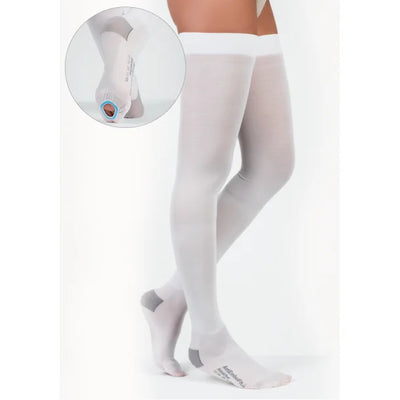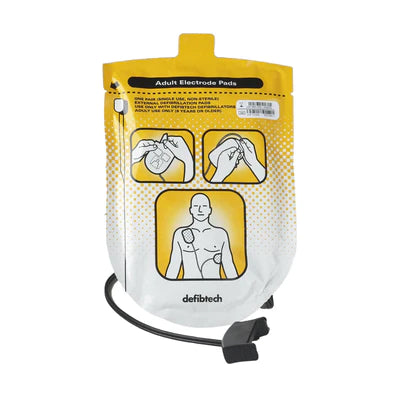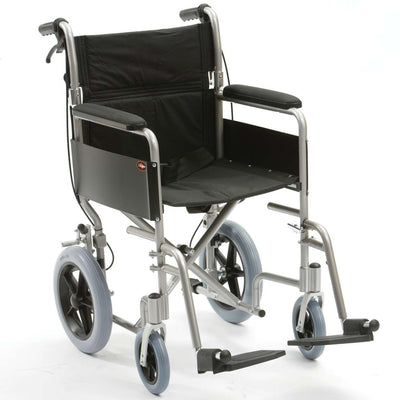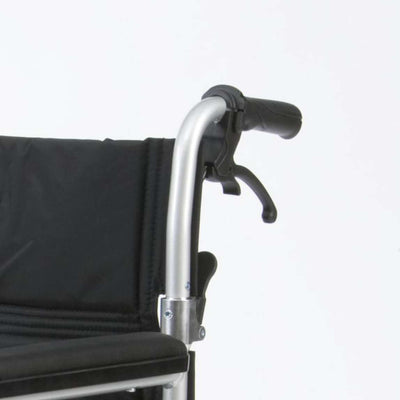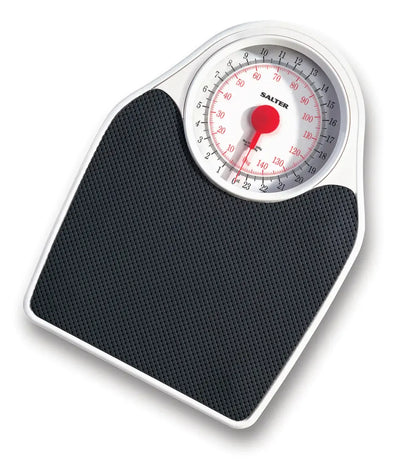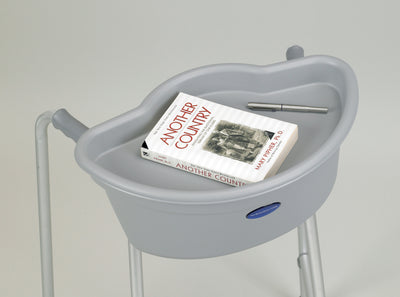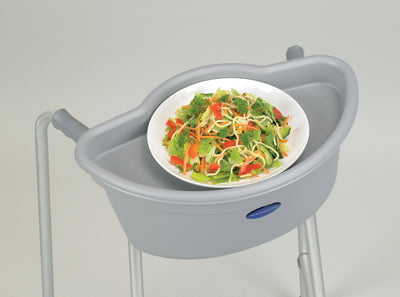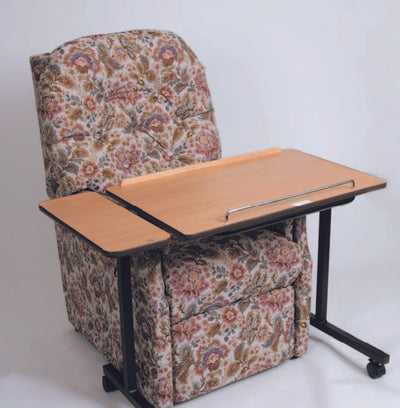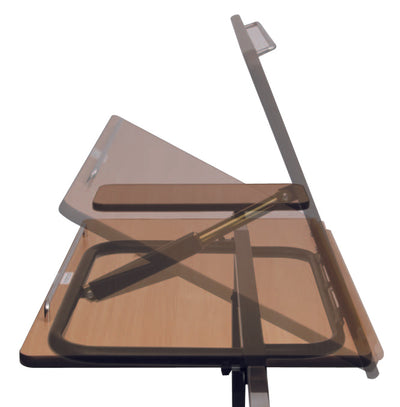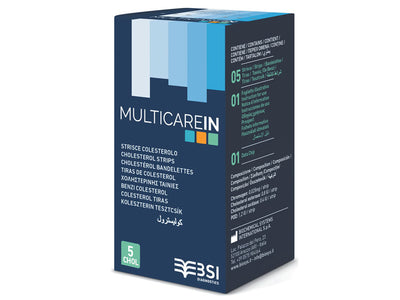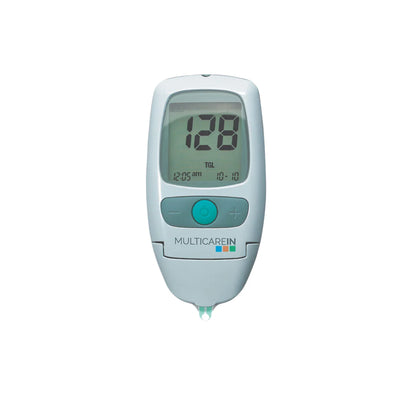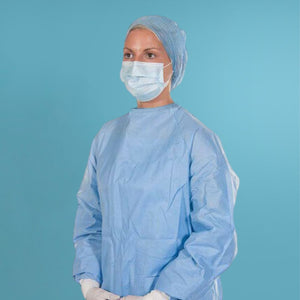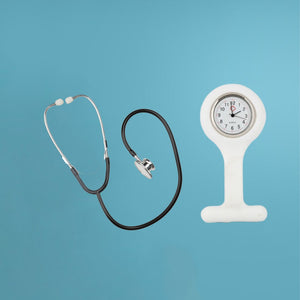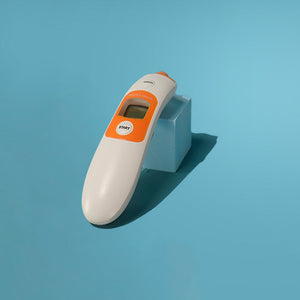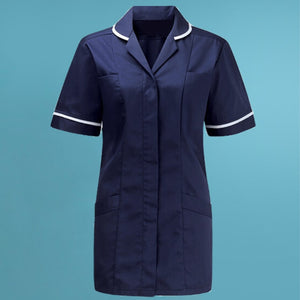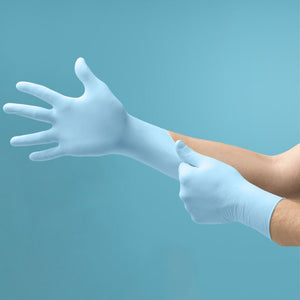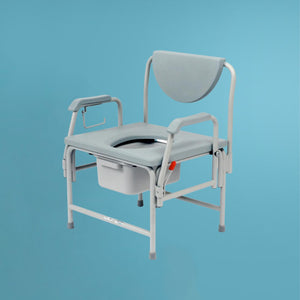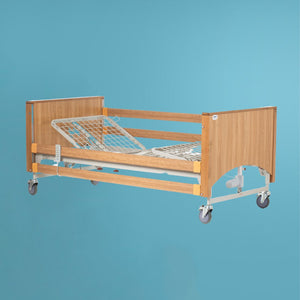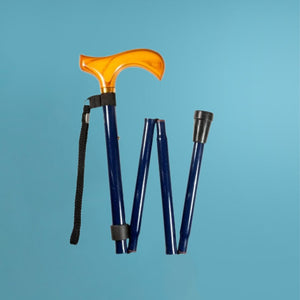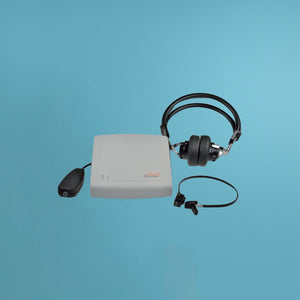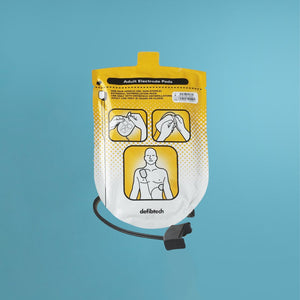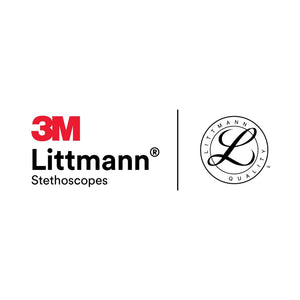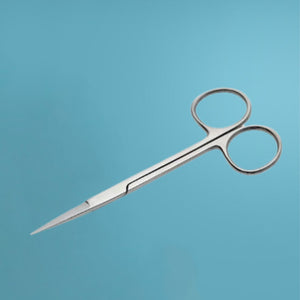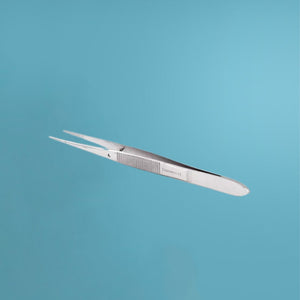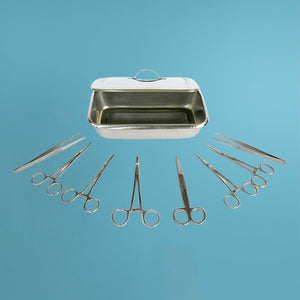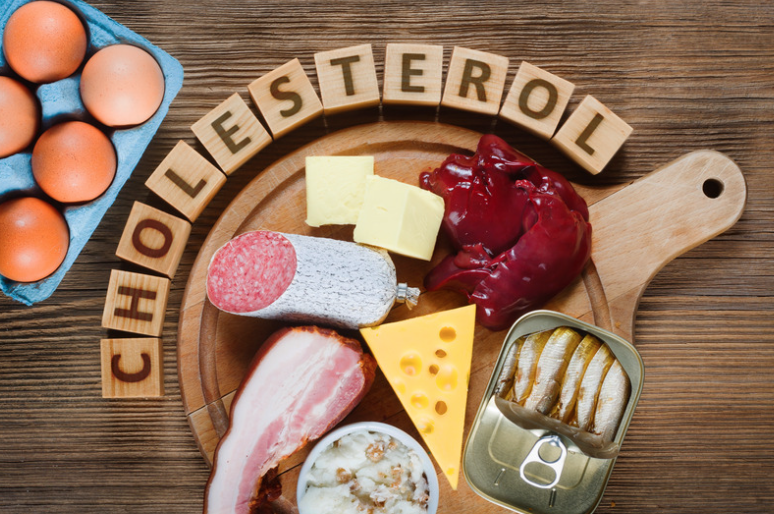Did you know that having high cholesterol makes you much more likely to have a stroke or a serious heart condition? Yet, there are NO symptoms to look out for that would indicate your cholesterol levels are on the rise. In fact, blood testing is the only way to know what your cholesterol levels are doing.
So, regular cholesterol testing is the best way to make sure you’re keeping heart-healthy and free from elevated risk of disease and stroke.
The good news is that it's really straightforward to test your cholesterol at home.
Cholesterol Facts
High cholesterol is when you have too much of a fatty substance called cholesterol in your blood
We need cholesterol in our blood to stay healthy - but when it gets too much it causes problems
There are two main types of cholesterol
- LDL cholesterol is often called ‘bad cholesterol’ because too much of it can clog up your arteries and lead to health problems later on.
- HDL cholesterol is often called ‘good cholesterol’ because it carries cholesterol away from your cells, back to your liver to be broken down. So, it helps prevent disease.
High cholesterol is mostly caused by lifestyle choices such as eating fatty foods, not exercising enough, being overweight, smoking and drinking alcohol. It can, however, run in families.
High cholesterol can be reversed with better food choices, more exercise and a healthier lifestyle. For some, prescription medicine can help too.
Taking a cholesterol test at home
While testing for cholesterol in a medical environment usually involves taking a larger blood sample from the arm, most home cholesterol testing kits use the finger-prick method which can be useful or preferable for anyone who is anxious about regular blood tests.
Your at-home cholesterol test will require you to put a drop of blood from your finger onto a cholesterol strip test paper which is then inserted into the machine. Your reading will be displayed within just a few seconds.
Always read the instructions on your home cholesterol testing kit.
Firstly make sure your hands are clean and dry - especially in the area you will be taking the blood sample from. Leftover water or soap etc can make your results inaccurate.
Do not squeeze your finger too much to encourage more blood - this can also affect the results.
Always dispose of any sharps, used to puncture the skin, safely.
Regular monitoring can be useful for long term health. It is recommended, though, that you follow up your at home test with a further diagnostic test from your GP or pharmacist.
What happens next?
If your test indicates that your cholesterol levels are high you should discuss your options with your GP or nurse. They will work out your risk of having a heart attack or stroke in the next 10 years and give you a plan of action to help reduce that risk.
Regular testing really can help to reduce your risk of serious heart disease and help you to live a healthier life.
Need more help? We're always here to help so get in touch today.
For all your Medical and Homecare supplies give us a call at Mediworld.
We have over 40 years experience in medical, surgical, mobility and home health supplies and we're always on hand to chat if you need support or advice and don't forget to read our other great health blogs!
February 2023

